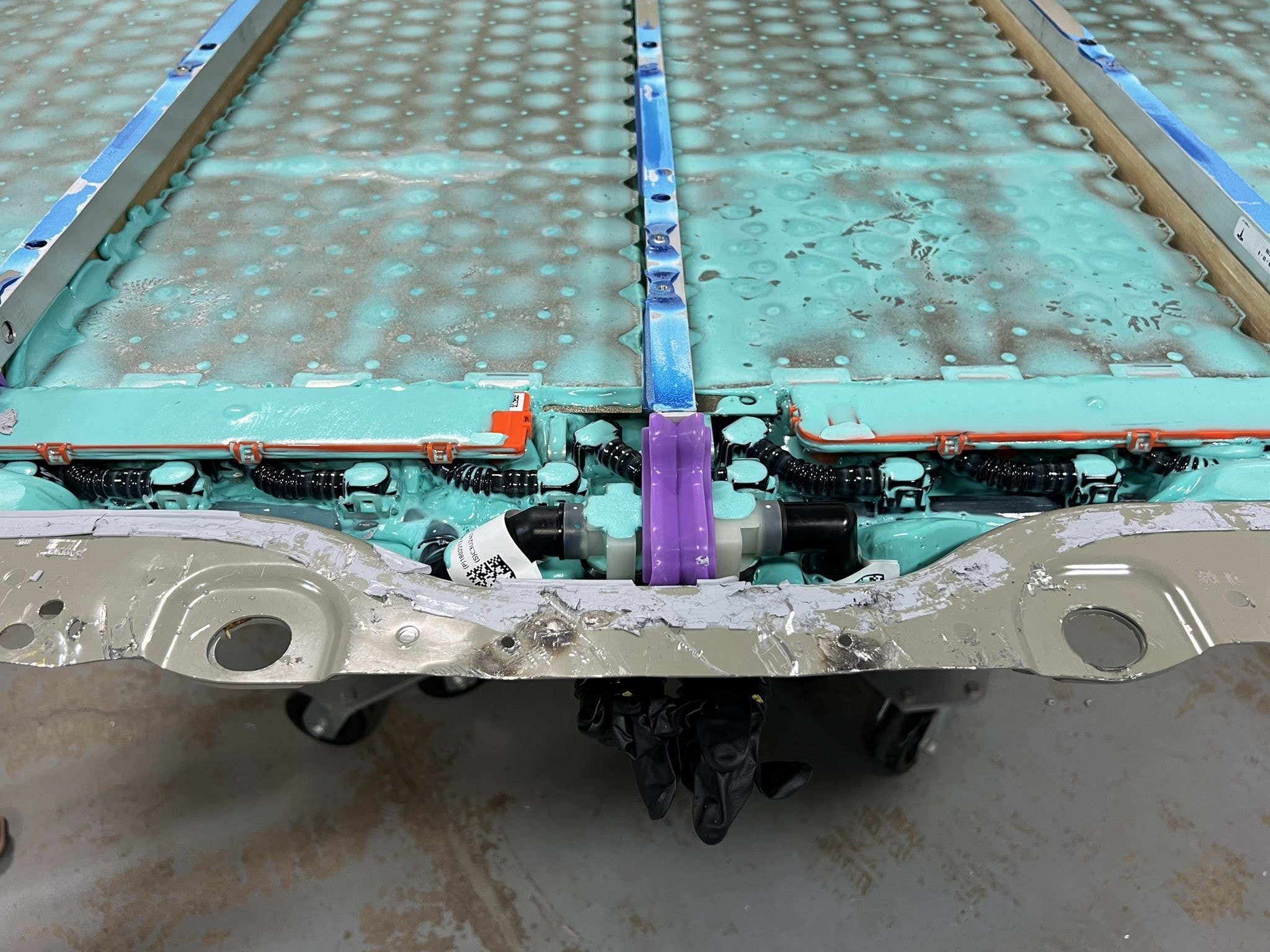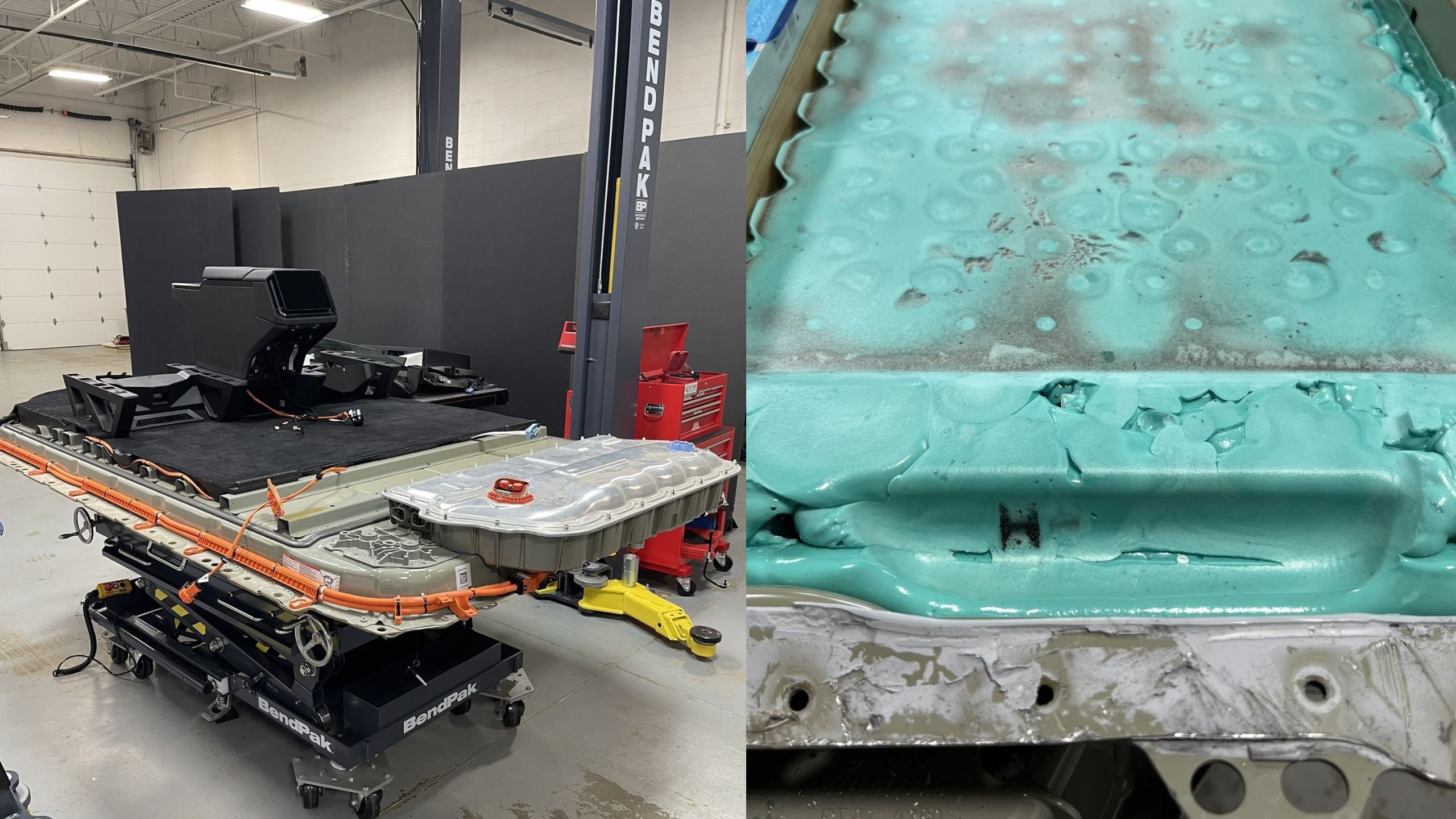Sandy Munro, a seasoned figure in the industry, alongside his team, started on further exploration of the Tesla Cybertruck, delving into its battery pack. Upon dissecting the Cybertruck’s structural battery, intriguing revelations surfaced. Notably, the battery pack appeared to be only half-filled, suggesting that Tesla intentionally delivered the Cybertruck with a lower range than initially advertised.
Tesla’s Battery Day 2020 revealed the innovative 4680 cells, representing a departure from reliance on cells supplied by partners. Promising enhanced performance, these larger cells were anticipated to incorporate a silicone anode, bolstering battery efficiency. However, subsequent examination revealed that the 4680 cells lacked this feature, raising questions about the implementation of Tesla’s “dry batter electrode” manufacturing technique.
Initial deployments of the 4680 cells, notably in the Model Y produced at Giga Texas between 2022 and 2023, yielded underwhelming results. Owners reported extended charging times attributed to the larger cells’ suboptimal thermal characteristics. Although Tesla introduced a second-generation 4680 cell variant in the Cybertruck, concerns persist regarding charging efficiency.

Sandy Munro and his team’s exploration of the Cybertruck’s battery pack revealed significant revelations. A cursory look inside the pack revealed substantial space, prompting speculation about potential capacity expansions. This discovery aligns with Tesla’s ambitious claims of over 500 miles of range for the Cybertruck, suggesting untapped potential within the existing battery architecture.
Tesla’s decision to launch the Cybertruck with a reduced battery capacity may be attributed to cost considerations and production limitations associated with the 4680 cells. While the surplus space within the battery pack could serve alternative purposes, its potential remains subject to speculation.

